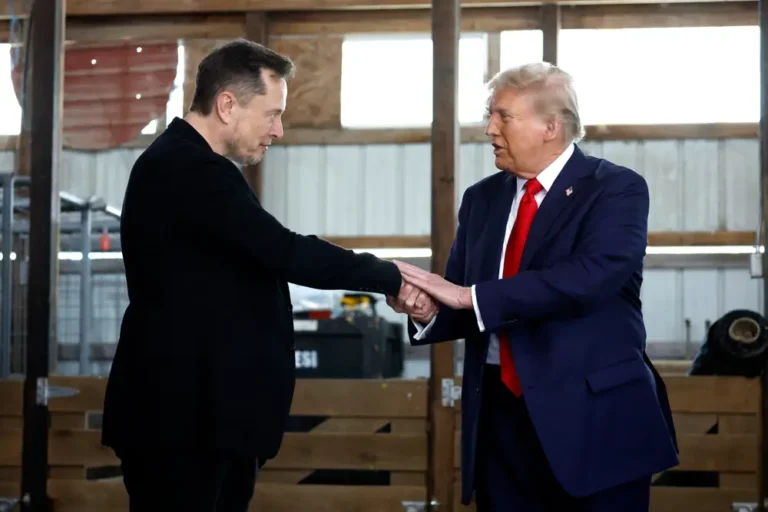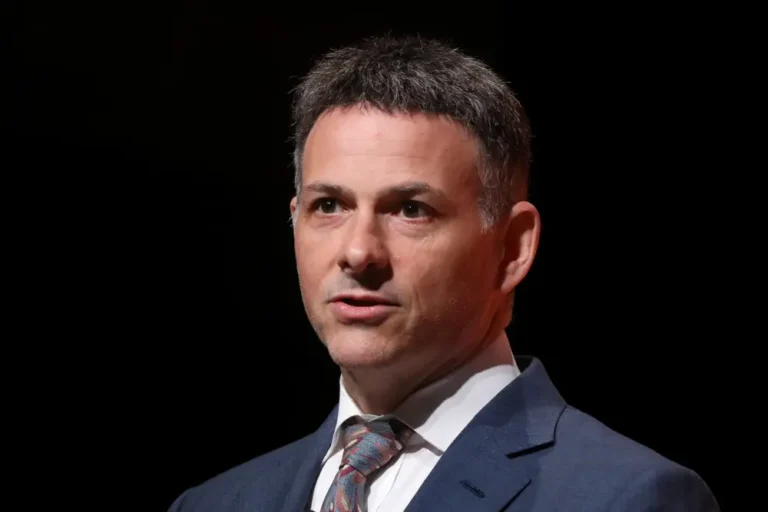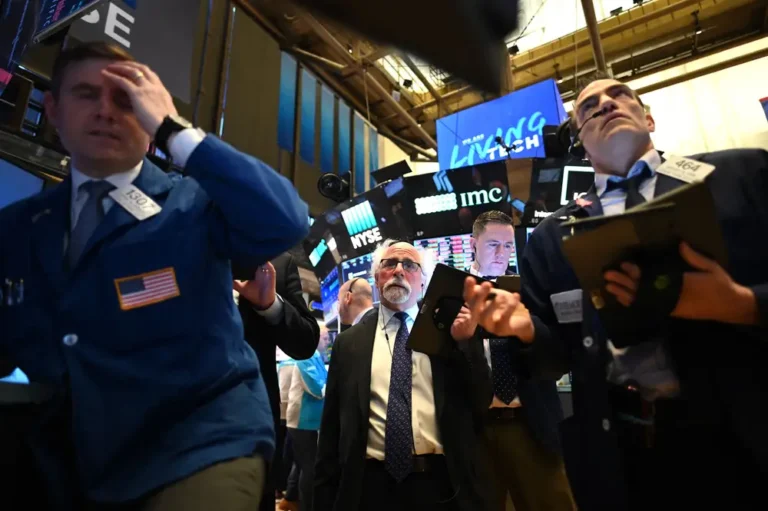Investors should be hesitant to dive into stocks after the rate cut, with election uncertainty looming, Fundstrat’s Tom Lee says

Prominent stock market bull Tom Lee has long called for a big rally after the Federal Reserve cuts interest rates.
But after a big 50 basis point cut on Wednesday, Lee says he’s feeling cautious ahead of the November election.
“This Fed cut cycle I think is setting the stage for markets to be really strong over the next one month or next three months,” Lee, co-founder and head of research at Fundstrat Global Advisors, told CNBC in a Thursday interview.
“But, what the stocks do between now and let’s say election day, I think is still a lot of uncertainty. And that’s the reason why I’m a little hesitant for investors to dive in,” he added.
In the days leading up to the Fed’s policy meeting, Lee said a rate cut would position stocks for a multi-week rally, bolstered by further confidence that more rate cuts are on the horizon and that a soft landing is in the cards.
That rally would happen regardless of a 25 or 50 basis point cut, he said, if the Fed suggested future cuts are likely. Even then, though, Lee acknowledged there would be volatility leading up to the election, but would calm down afterward for a strong year ahead.
Lee has been bullish on stocks for years, with predictions that the S&P 500 could triple, hitting 15,000 by 2030.
Other analysts have also acknowledged the market volatility associated with presidential elections.
That volatility typically peaks in mid-October ahead of the elections in November, after which stocks see a relief rally once the outcome is known, SoFi’s Liz Young Thomas told B-17 earlier this month.
With election-related volatility ahead, Lee recommends investing in cyclical stocks in areas like industrials, financials, and small caps.
Small-cap shares, in particular, will benefit from rate cuts and what Lee calls a “cyclical boost to the economy,” which will result from a drop in consumers’ costs like mortgages, auto loans, and credit cards.
“All these are big tailwinds for small caps,” he said.






